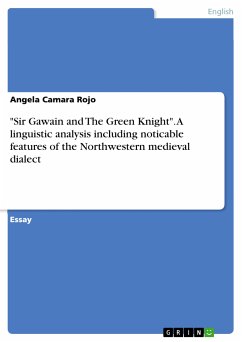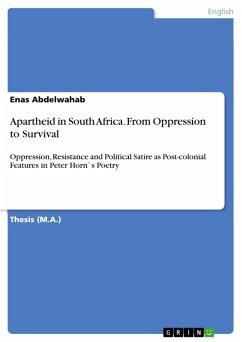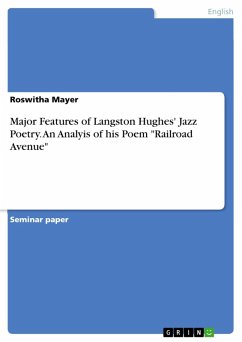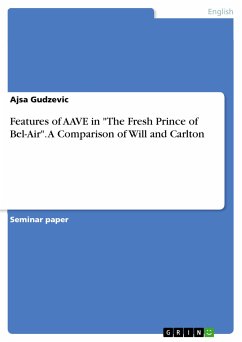Master's Thesis from the year 2010 in the subject Interpreting / Translating , grade: 17.50, , language: English, abstract: The purpose of the study was to investigate whether there is a meaningful relationship between translators' gender and their translations in terms of such linguistic features as reference, conjunction, misspelling, SL intrusion, punctuation, verbs and sexually-explicit terms. For that reason, the same sample English text was imparted to both female and male translators to be rendered into Persian to ascertain if they vary linguistically, and if they do so, what areas are more frequently different. The organizational factors, rather than pragmatic ones, of language, namely, grammatical as well as textual dimensions were scrutinized in the study. The participants were 30 male and 30 female undergraduate senior students of English at three universities in Qom, Iran. These 60 participants were selected out of 150 students who scored as high as 6 in the IELTS given to them and showed their English proficiency. By analyzing the data elicited descriptively from each translation, primarily, via t test; only 6, out of 22, variables demonstrated a significant difference between translations made by both genders contributing to the research. Thus, although these 6 variables verify the meaningful relationship between translator's gender and translation, these elements are not enough to indicate that grammar and discourse of translations are significantly different. In addition to raising awareness and developing the scope of translation studies, the present study has several implications. As a case in point, a text with a particular feature may be assigned to a specific gender to be better translated.
Dieser Download kann aus rechtlichen Gründen nur mit Rechnungsadresse in A, B, BG, CY, CZ, D, DK, EW, E, FIN, F, GR, HR, H, IRL, I, LT, L, LR, M, NL, PL, P, R, S, SLO, SK ausgeliefert werden.









